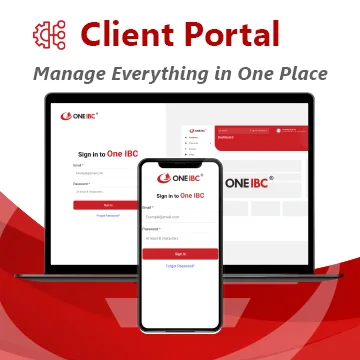7. What are the 4 key steps in developing a business plan?
1. Executive summary
Even though it is one of the shorter parts of a business plan, you should devote the most effort to it.
No matter how many pages your business plan is, whether it is five or thirty, the executive summary section must summarize everything in the plan in only two pages. This section draws a lot of attention because the reader may simply glance at it before deciding whether to continue or stop reading.
2. Marketing plan
Competitive analysis section
Reading the competitive analysis section helps comprehend enterprises’ competition.
About five competitors should be listed here, along with their advantages and disadvantages. When examining your competition, some points to consider include:
- Operating time
- Accessibility
- Pricing
- Return policy
- Budget for marketing (or a rough estimate)
- Reputation of a brand
- Policy for product delivery (is it provided free, at cost, or not at all?)
- Additional goods and services
- Purchasing number (which may equate to lower or higher costs).
Specific marketing actions
Your marketing action plan, which is utilized to put your business idea into practice, develops the precise marketing actions.
Make a note of the implementation costs for each of the five marketing phases (the sum of which will be your marketing budget), if enterprises can accomplish each step on their own or if they require help, and the projected sales (which when added together, become the sales forecast).
3. Key management bios
Include a one-page biography for each of the important figures in your company.
These biographies should be written in a way that shows you've "been there, done that," and you know how to do it again. You want to show that you possess both the technical know-how and the leadership abilities required for the job. Mention your plans for bringing on more team members to fill any potential experience or skill shortages.
4. Financial plan
The financial statements are one of the last components in your business plan. The business plan is demonstrated to be practical in the parts of products and services, marketing, operations, and personnel, but it is proven to be profitable in the financial area.




 Hong Kong Country | Starting a business in Hong Kong
Hong Kong Country | Starting a business in Hong Kong  Labuan, Malaysia | Doing business in Labuan
Labuan, Malaysia | Doing business in Labuan  Marshall Islands Country | Doing Business In Marshall Islands
Marshall Islands Country | Doing Business In Marshall Islands  Samoa Country | Doing Business In Samoa
Samoa Country | Doing Business In Samoa  Singapore country | Doing business in Singapore
Singapore country | Doing business in Singapore  Vanuatu Country | Starting a business in Vanuatu
Vanuatu Country | Starting a business in Vanuatu  Vietnam country | Starting a business in Vietnam
Vietnam country | Starting a business in Vietnam  Cyprus Country | Doing Business In Cyprus
Cyprus Country | Doing Business In Cyprus  Gibraltar Country | Doing business in Gibraltar
Gibraltar Country | Doing business in Gibraltar  Liechtenstein Country | Doing Business In Liechtenstein
Liechtenstein Country | Doing Business In Liechtenstein  Luxembourg Country | Doing/Starting a Business In Luxembourg
Luxembourg Country | Doing/Starting a Business In Luxembourg  Malta Country | Doing business in Malta
Malta Country | Doing business in Malta  Netherlands Country | Doing business in the Netherlands
Netherlands Country | Doing business in the Netherlands  Switzerland Country | Doing/Starting a business in Switzerland
Switzerland Country | Doing/Starting a business in Switzerland  United Kingdom
United Kingdom  Anguilla Country | Starting a business in Anguilla
Anguilla Country | Starting a business in Anguilla  The Bahamas Country | Doing/Starting a business in The Bahamas
The Bahamas Country | Doing/Starting a business in The Bahamas  Belize Country | Doing Business in Belize
Belize Country | Doing Business in Belize  Cayman Islands Country | Doing/Starting a Business In the Cayman Islands
Cayman Islands Country | Doing/Starting a Business In the Cayman Islands  Panama Country | Starting a business in Panama
Panama Country | Starting a business in Panama  Saint Kitts and Nevis Country | Doing/Starting a Business
Saint Kitts and Nevis Country | Doing/Starting a Business  Saint Lucia
Saint Lucia  Saint Vincent and the Grenadines Country | Doing Business In Saint Vincent and the Grenadines
Saint Vincent and the Grenadines Country | Doing Business In Saint Vincent and the Grenadines  British Virgin Islands country | Doing business in BVI
British Virgin Islands country | Doing business in BVI  United Arab Emirates Country | Doing business in UAE/RAK/Dubai
United Arab Emirates Country | Doing business in UAE/RAK/Dubai  Mauritius Country | Starting/Doing business in Mauritius
Mauritius Country | Starting/Doing business in Mauritius  Seychelles Country | Opening/Doing business in Seychelles
Seychelles Country | Opening/Doing business in Seychelles  United States of America
United States of America 








 Processing...
Processing...